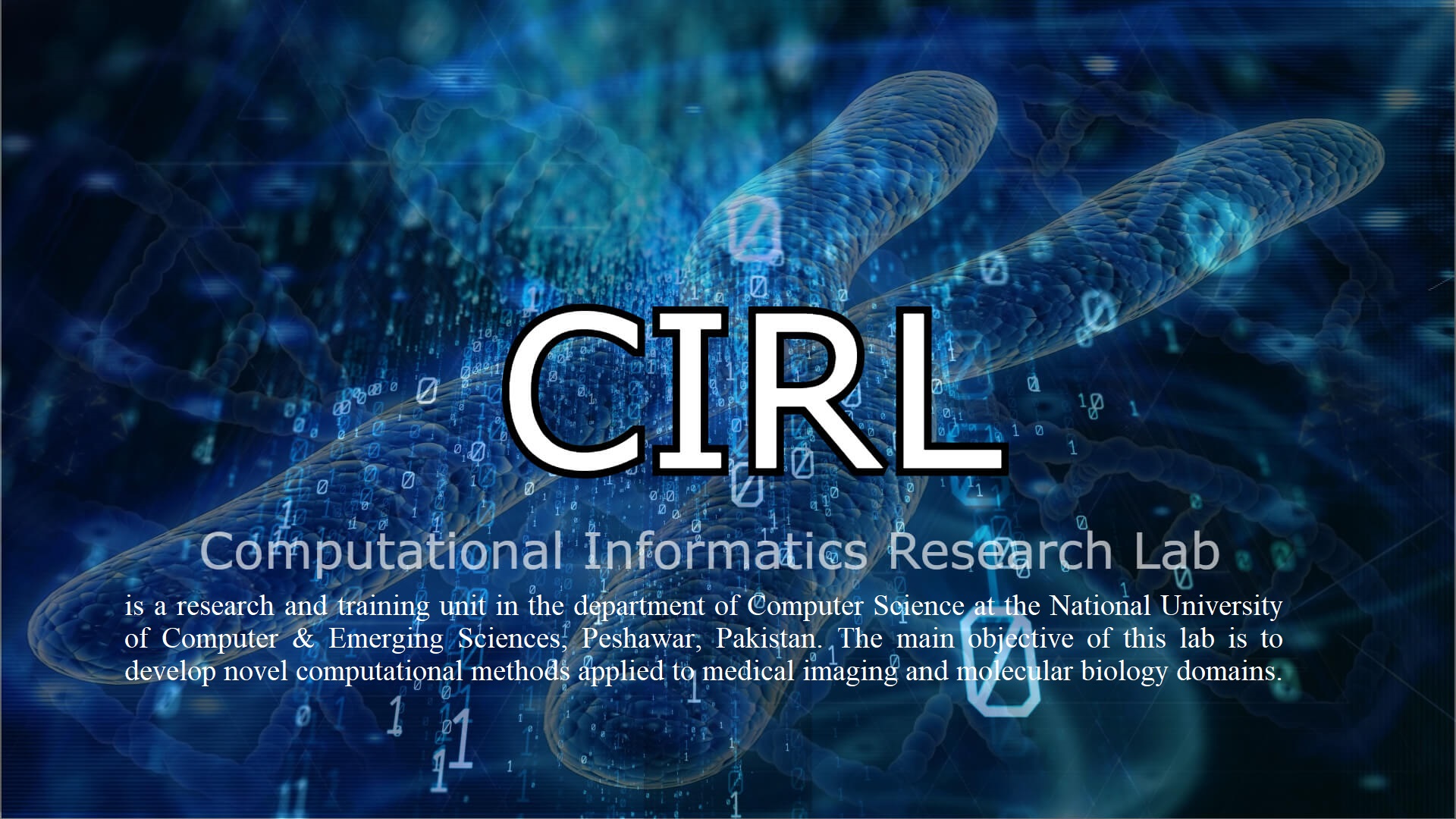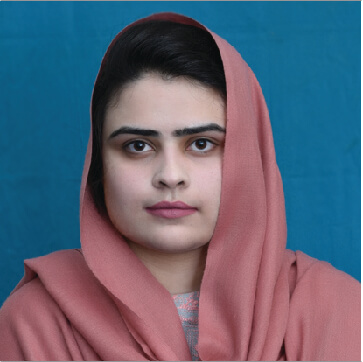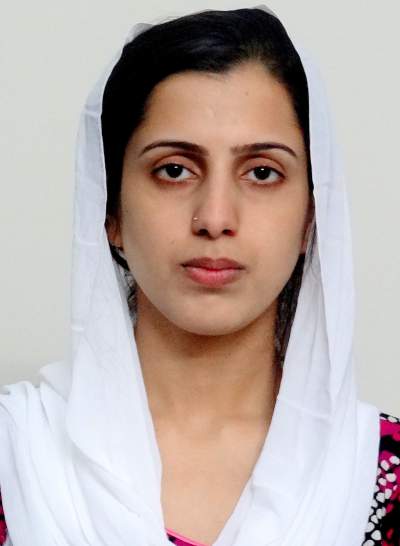Started in 2021
Continued
The Corona Virus Disease 2019 (COVID-19) is a lethal disease, caused by severe acute respiratory syndrome coronavirus 2 (SARS-CoV-2) virus, which is affecting millions of people worldwide.
Infected patients exhibit symptoms such as high fever, cough, shortness of breath etc. Currently, the gold standard test to detect COVID-19 is the real-time reverse transcription polymerase chain reaction (RT-PCR) test, while it is also an expensive, manual and time-consuming screening method.
An alternative method used for the detection of COVID-19 disease is the visual examination of chest X-rays. Although the X-ray images provide good contrast for the presence of COVID-19 disease but their quality is often affected due to various factors, most importantly:
- Compton scattering
- Geometric un-sharpness
These problems result in vague appearance of the opacities, as well as variability in the shape of the opacity in X-ray radiographs.
To overcome these problems, this works conceptualizes the development of a constrained size, cascaded deep learning model that will improve the segmentation of lungs in the chest X-ray images, in order to improve the screening of COVID-19 disease.



















